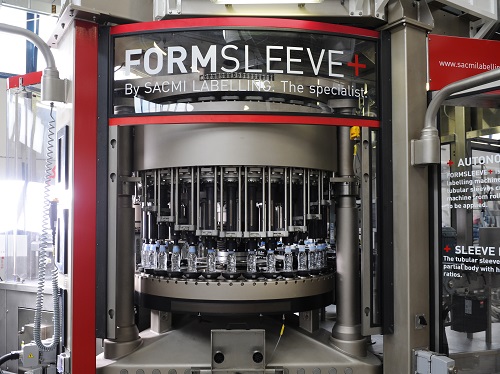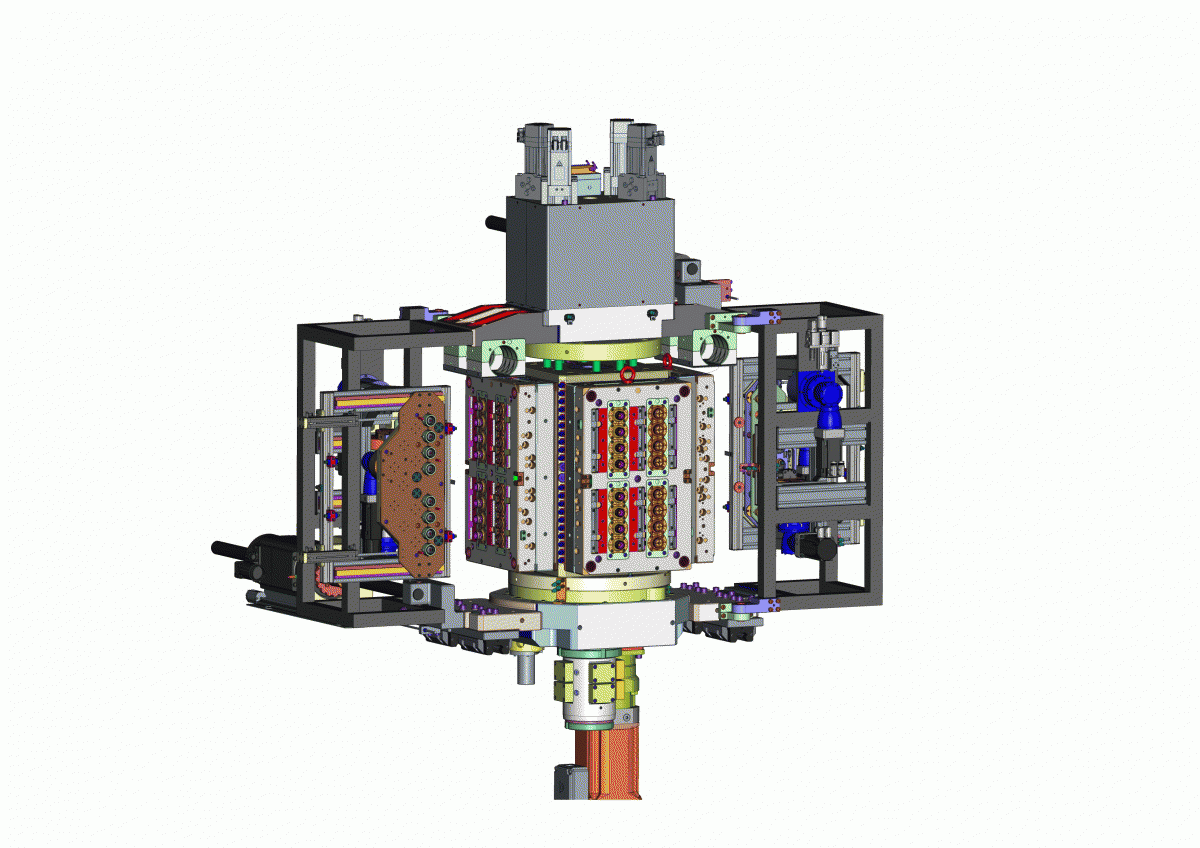
For instance, the pitch (spacing) between contacts in electrical connectors is narrower than ever before — as small as 0.2 mm compared to older-style power connectors with pitches exceeding 12.0 mm. Nominal wall stocks have also thinned considerably as the overall size of connectors has shrunk.
hese thin-wall designs pose a challenge during the injection molding of microconnectors for devices such as iPads, robots, computers, cell phones, and satellites.
A suitable material must be a tough insulator with high fluidity during molding, excellent electrical properties, high heat tolerance, chemical/oil/gas resistance, dimensional stability, flatness, and high stiffness. The material must also withstand reflow soldering without distorting, melting, or blistering. Liquid-crystal polymers (LCPs) prove to be just the ticket when compared to other polymers.
For the same reasons, LCPs are also injection molded into IC sockets, HF network switches, power modules for wind and solar inverters and converters, custom high-power electrical connectors, and many other precision devices.
Several grades of LCPs have even been optimized for electrical high-frequency properties that outperform ceramics, thermosets, and metal, while significantly cutting costs. LCP is particularly suitable for microwave-frequency electronics due to its low relative dielectric constants, low-dissipation factors, and the commercial availability of laminates. Packaging microelectromechanical systems (MEMS) is yet another suitable application for LCP.
Because LCPs resist gamma radiation, steam autoclaving, and most chemical-sterilization methods, they are now replacing stainless-steel medical devices, such as dental tools and sterilizable trays, and being used in drug-delivery systems and high-tech instrumentation. Several grades of LCPs comply with ISO 10993-1 and USP Class VI medical standards.

LCPs come in many standard grades with glass-fiber or mineral reinforcements. There are also specialty grades for applications that require platability, HF shielding, improved lubricity, low-specific gravity, static dissipation, or thermal conductivity.
What are liquid-crystal polymers?
Liquid crystallinity in polymers comes about either by dissolving a polymer in a solvent (lyotropic liquid-crystal polymers), or by heating a polymer above its glass or melting transition point (thermotropic liquid-crystal polymers). Liquid-crystal polymers come in melted or solid forms. The main example of a solid lyotropic LCP is the commercial aramid known as Kevlar. Its chemical structure consists of linearly substituted aromatic rings linked by amide groups. Additionally, several companies including Toray, Sumitomo Chemical, Ticona, and Polyplastics produce commercially available grades of thermotropic LCPs.
Liquid-crystal polymers are unique in that they can form regions of highly ordered structure while in the liquid phase. However, the degree of order is somewhat less than that of a regular solid crystal. LCPs comprise a class of partially crystalline aromatic polyesters based on p-hydroxybenzoic acid and related monomers.
Typically, LCP has high mechanical strength at high temperatures, exceptional chemical resistance, flame retardancy, and good weatherability. The polymers come in a variety of forms from sinterable high-temperature materials to injection-moldable compounds. LCP also has a high Z-axis coefficient of thermal expansion.
Source : machinedesign.com






